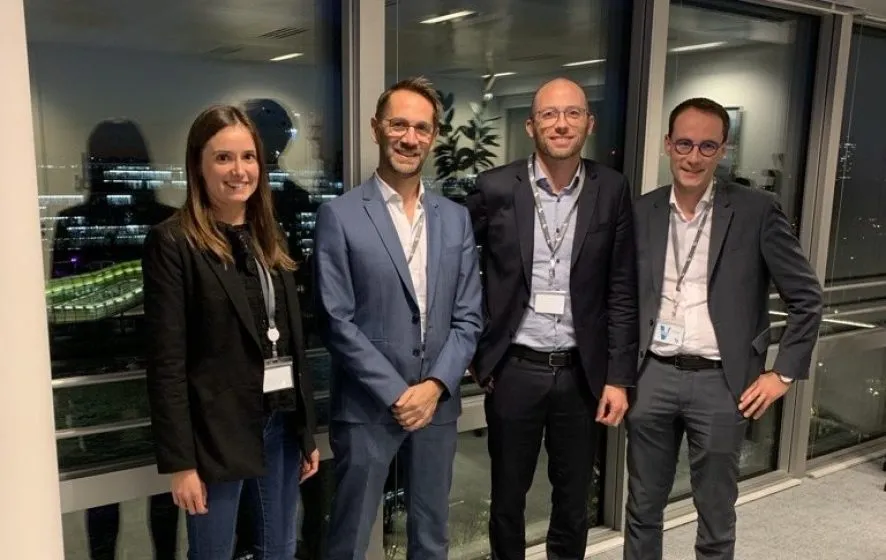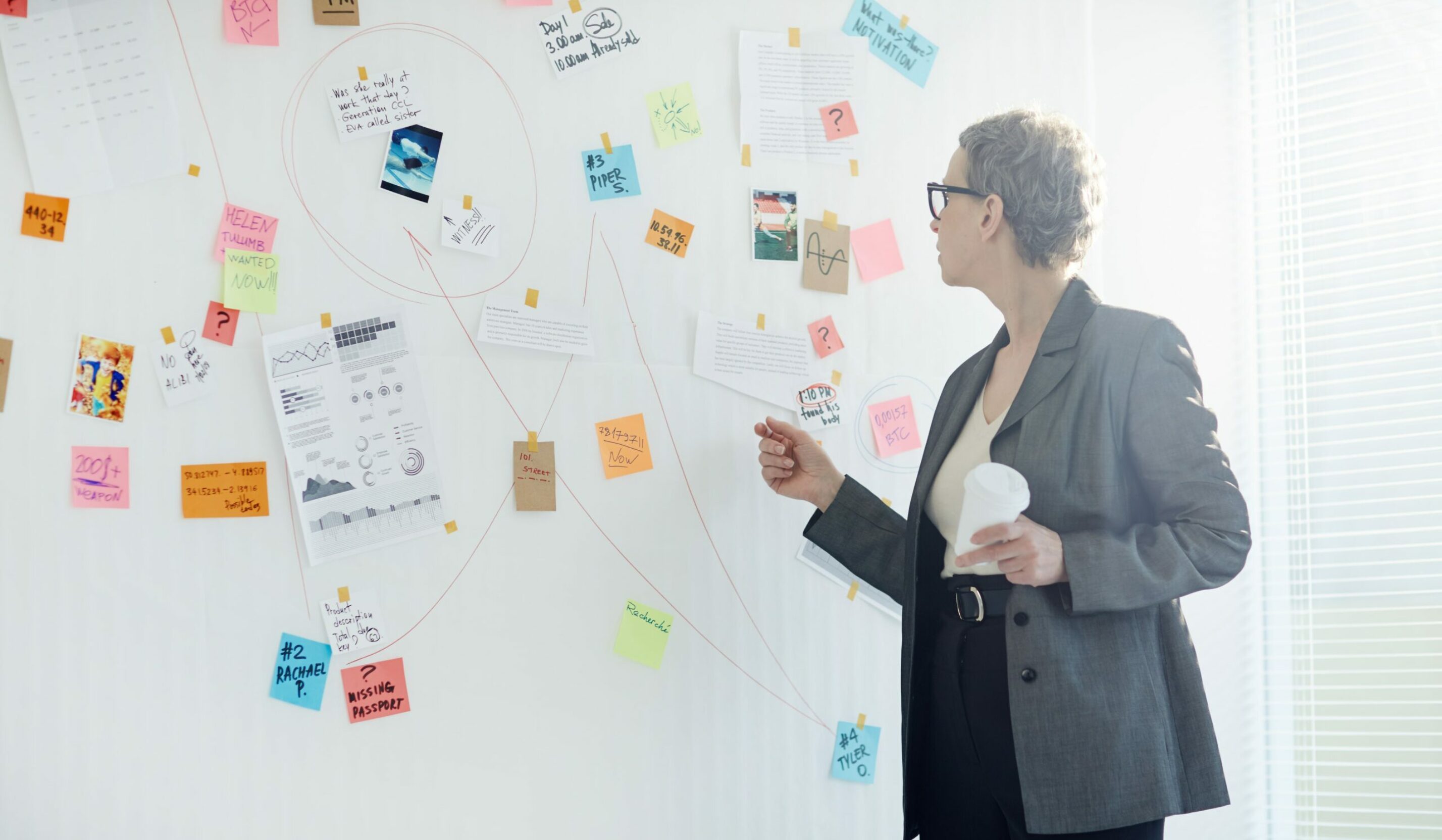

A PROJECT IS A HUMAN ENDEAVOUR
The ‘hard sciences’ represented by project management methods and the deployment of high-performance PPM tools are increasingly opening the field of possibilities and enabling us to envisage projects that, in the past, were no more than utopias.
To exist, however, they need more human sciences. This is how a project management expert is constantly juggling technical and behavioural skills. The success of a project depends on a balance of interests, sometimes very divergent. It remains human.
The PMBoK Ed. 7 reminds us of this by insisting on the involvement of stakeholders and the performance of the project team while detailing the means of achieving them: interactive communication, feedback, transparency, openness, collaboration, critical analysis, emotional intelligence… to name but a few.
But what about on the ground? How can these principles be put into practice? How can they be translated into concrete, effective action? This is what we propose to study through an action so common that it could be considered banal: collection of information from project stakeholders. Elementary? Harmless? Simple? That’s what we’re going to find out.
GETTING READY
The first step in the process is obviously to define precisely what information we need. Is it technical information such as duration or cost? Is it the progress of a task? Do I need feedback on a document? More general information as part of an inventory or mapping exercise prior to drawing up an action plan?
This initial questioning refines the approach and opens other doors, in particular the information to be collected from the interlocutor and that which I can obtain on my own. It’s also necessary to question my knowledge of the specific context of this request. Is it sufficient to take full advantage of the data I will receive? And in the event of a negative response, how can I prepare?
Increasing your knowledge of the project and its context is not free and will require a certain effort. The good news is that project environments are literally overflowing with resource documentation that you can use to your advantage. Read and re-read procedures, management plans and specifications. Be greedy! You’ll see that your position in the project team will be radically transformed.
BE EDUCATIONAL
A pitfall often encountered during interactions between project management professionals and project team members lies in bringing together concerns and technical languages that are quite far apart, and which find it difficult to meet. It is therefore necessary to build bridges to connect the two worlds, or more simply, to be educational.
Being the requester, it is up to you to make this effort. For example, you can take the time to detail the information you are looking for and be transparent about its future use in a dashboard, progress meeting or decision review.
One of the strengths of project management, namely its ability to model complex concepts, processes and activities into objects that are more easily manipulated, can generate a feeling of dispossession among some of those involved in the project. It’s not always easy to accept that the richness of one’s work can be reduced to a duration, a cost or an objective. It’s up to us again to show empathy and humility in order to recognize each person’s true level of contribution and get them on board.
ACTIVELY LISTEN
Active listening is obviously one of the keys to getting the most out of an exchange or interaction. Let’s review some of its features.
The first step is to take a genuine interest in the person you are interacting with. This requires adopting a humble and sincere attitude. This is an essential prerequisite, even more so in our profession. Many books detail this very specific point, and if I had to mention just one it would be Dale Carnegie’s “How to Win Friends and Influence People”. This book, written in 1936, is still a worldwide bestseller (excuse me).
From a more practical point of view, active listening involves bouncing back on the words of the person you are talking to, creating links between new information and data already available, questioning, cross-checking and reformulating. Basically, it’s about sharing the mental load of the interaction with the interlocutor to achieve a better understanding of the issue at stake.
Your lack of knowledge of the precise field of activity of your interlocutor may constitute a limitation of this approach. The latter, knowing in his field, can sometimes handle jargon that is disconcerting. Don’t hesitate to remind people that you are amateur and that you need to popularize and schematize the field. Don’t hesitate to rephrase what your interlocutor has to say and submit your hypotheses. The advantage of this approach is multiple. Not only will it allow you to increase your understanding of a specific subject, but it will legitimize you to ask more questions when necessary.
UNRAVELLING BLOCKAGES
The simplest questions are sometimes difficult to answer. Questions like: How long will this task take? When will it be completed? What is its cost? Etc.
The blockage is often caused by the fear of committing oneself and not meeting the announced value, even though the question will be raised again during the next planning/budget updates and the forecast values updated. In this case, you need to reach out and suggest an amount and a date within a range appropriate to the context. The human brain is built in such a way that it will often position itself more easily on a proposal, to confirm or oppose it, than from scratch. In the case of a more advanced estimation exercise, the use of a planning poker game based on the Fibonacci sequence will be an effective and fun extension of the approach.
BE OPPORTUNISTIC
Exchanging information according to a precise schedule does not preclude the collection of new or unforeseen information. On the contrary, as part of a data collection exercise, it is essential to be able to capture on the fly any information that may be useful to the project, such as risk situations, changes in scope, modifications, events that could lead to delay or additional cost, or change in context.
Two approaches will be used to achieve this. The first is to adopt an active receptive posture, pen or keyboard in hand. The second is to use mental agility to grasp useful information as it arises. Exhaustive notetaking is therefore recommended to understand totally new or particularly complex subjects. It’s not uncommon to collect much more than you bargained for. So much the better, that’s the whole point of a semi-structured interview approach.
ENSURE AFTER SALE SERVICE
Just as you have taken the time to present the information you are looking for, you must know how to thank when you have obtained it. A good way of doing this is to provide a short summary of the exchanges. More than just a courtesy, this will help to ensure that both parties understand each other. There is nothing more unpleasant for a project manager than to discover in the middle of a steering committee that an error has been made in a 4-box or an KPI because one of the contributors to the project has misunderstood the information.
Other actions will ensure an increasing level of cooperation between the teams. These include the transfer of formatted information (dashboard), feedback on the use of data by the project’s management bodies or the feedback and effective treatment of hard points. Human relations need win-win relationships, let’s not forget that.
TO CONCLUDE
As always, ideas and concepts must be translated into action. In the specific case of setec eocen, a European reference in complex industrial project management, the challenge is to guarantee the project teams we work with that each consultant will be a trusted partner to the project manager and stakeholders, in terms of both their methodological expertise and their proactivity and quality of communication.
This is the purpose of the postural training courses of the eocen university, providing practical tools for evaluation and adaptation to personalities in the project environment or allowing a step back from the notion of added value of the consultant. This is the starting point for a change, always sensitive, sometimes radical, in the apprehension of interventions.
This is one of the missions also assigned to our business managers, local supervisors, all professionals in their field, and to the eocen PMO Experts through realization of individual coaching and team support in the most demanding environments.
Weiterführende Informationen


